Vienna’s Shooting Girls
From the turn of the century until the outbreak of WWII, most photographers in Vienna were female and Jewish. The exhibition Vienna’s Shooting Girls makes this history visible, with works by more than 40 photographers.
The most interesting aspect of the exhibition is the way it makes tangible the strong influence that these women had on the cultural life of the city. Born out of the development of printing technology in the early 1920s, newly established illustrated fashion and lifestyle magazines created an image of the city as exuberant, sparkling and glamorous. Every aspect of social and urban life was represented: photo studios created society, artistic, actor and dance portraits as well as fashion, product, architecture, urban and landscape photography. These women produced editorials and tableaux while fan postcards rolled of the presses in endless multiples.
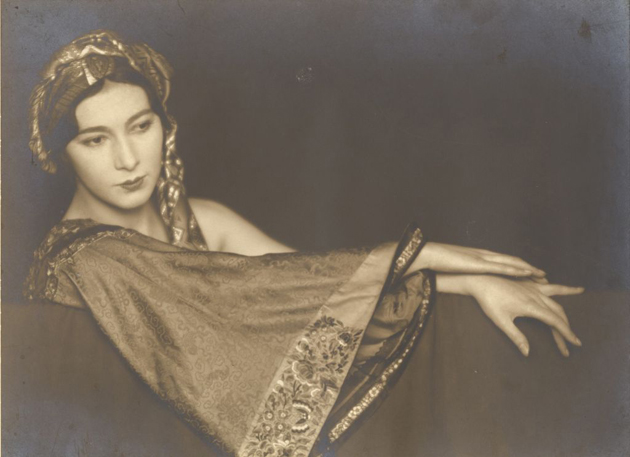
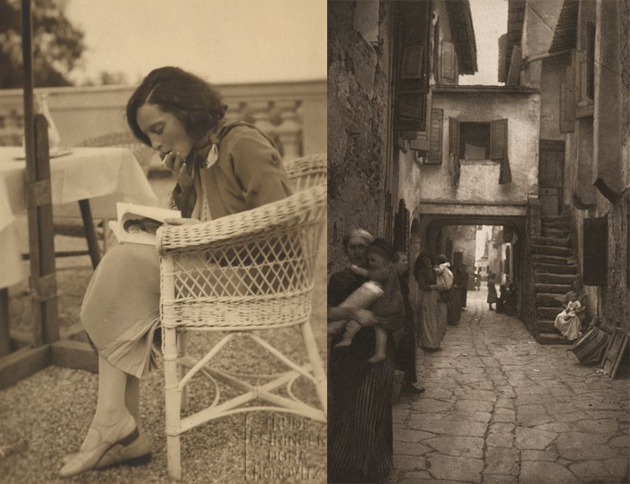
Dance photography established itself as a seperate genre. At this time the mass and flowing movements of trained dancers were a source of fascination, dancers were photographed making characteristic movements in avant garde costumes which were often created by artists. Strong poses and shadows built up a sense of physical extremity. A new sporty body image and sexual freedom bought permitted images of the body which were not necessarily seen as erotic but rather as socially liberated and natural. Both Germaine Krull and Trude Fleishmann simultaneously photographed the gymnast Cilli Pam during a training workout in Fleischmann’s atelier, using the body as an experimental field for light and plasticity.
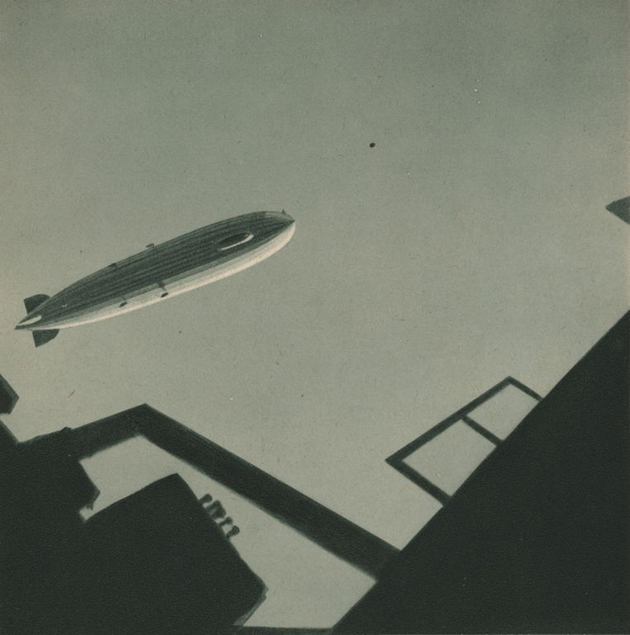
Other notable photographers included Edith Tudor Hart, Hilde Yipper-Strand and Claire Beck. The most famous however was Dora Kallmus, otherwise known as Madame d’Ora, who – using deliberate blurring and highlights in her work – created a decadent and exotic style influenced by pictorialism, which she exported with great success from Vienna to Paris.
Internationally respected, Viennese portrait and fashion photography was almost completely dominated by women, mostly born to liberal Jewish families. Good education and training were highly valued among these communities, and a career in photography was accessible to women as it did not require years of training. But it was also an urban mentality; the potential of young jewish women to build a career was eight times higher in Vienna than it was in the countryside. Establishing studios in their homes and communities, women established themselves as both artists and professionals.
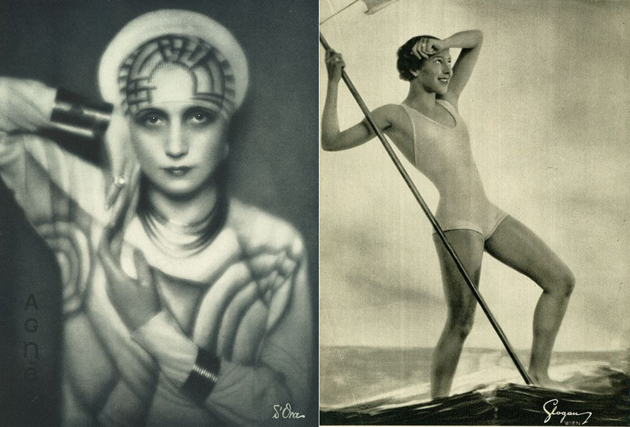
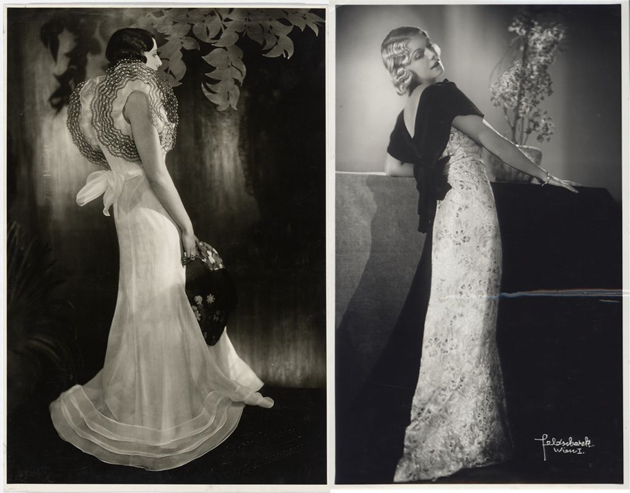
Unfortunately the wonders of this scene did not easily outlast the Anschluss. Many of the photographers died in camps, others struggled to re-establish their careers in new cities. Some continued to create social reportage or animal photography, while the glamorous Madame d’Ora followed up with a series of dead animals from the butcheries of Paris, an entirely different theme from the decadence of pre-war Vienna.
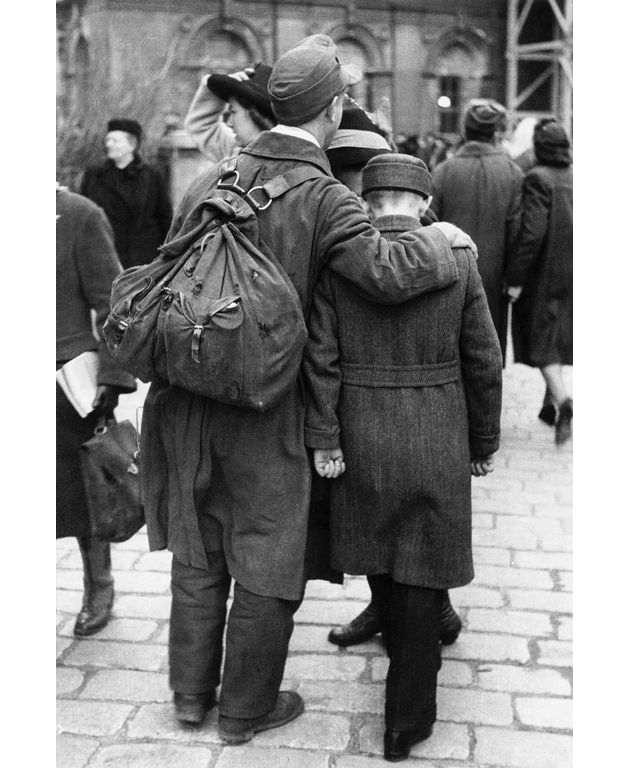
Vienna Shooting Girls is curated by Andrea Winklbauer and Iris Meder, running until the 3rd March at the Jewish Museum of Vienna in Dorotheergasse 11.
Philippa Nicole Barr
